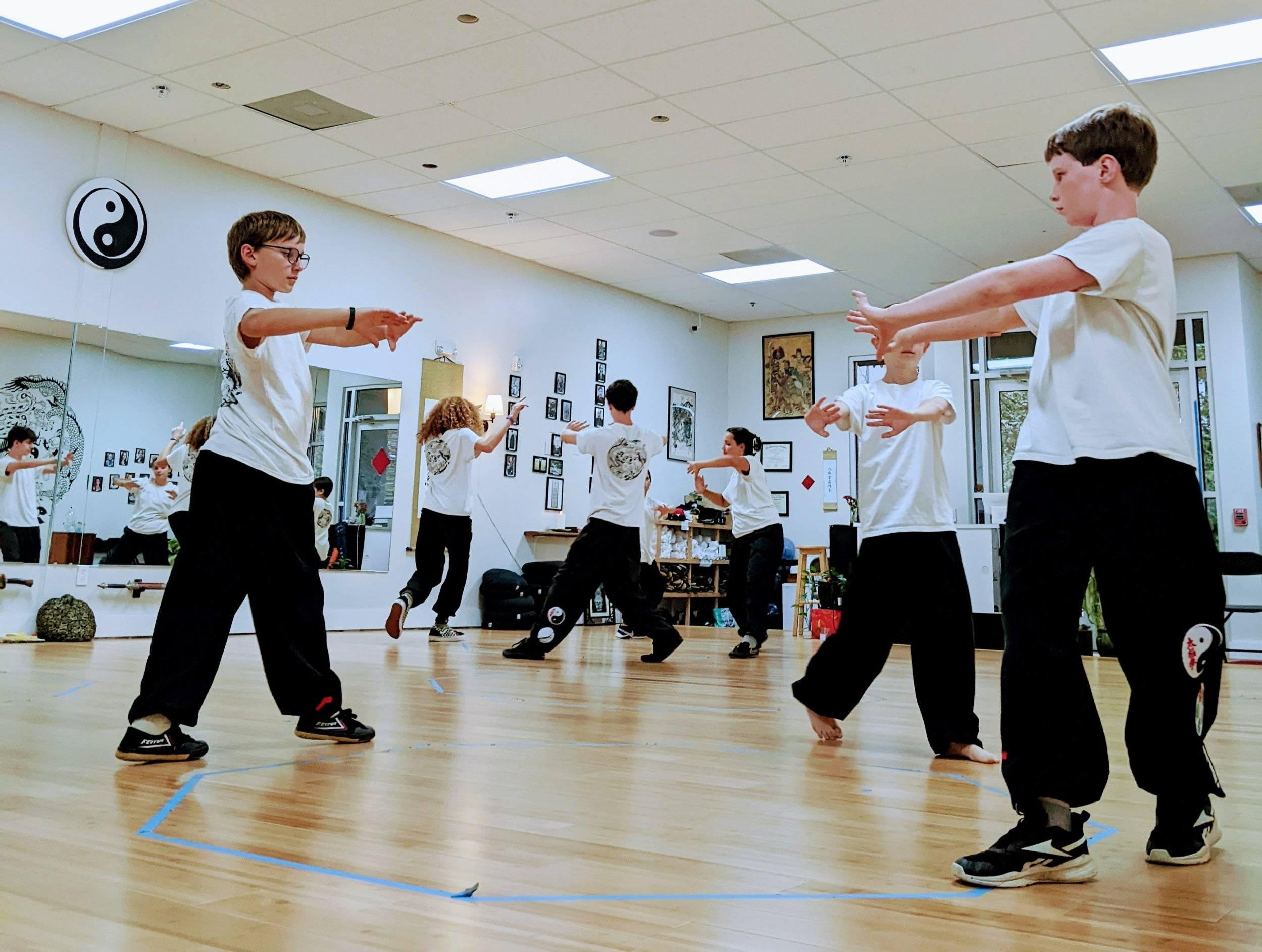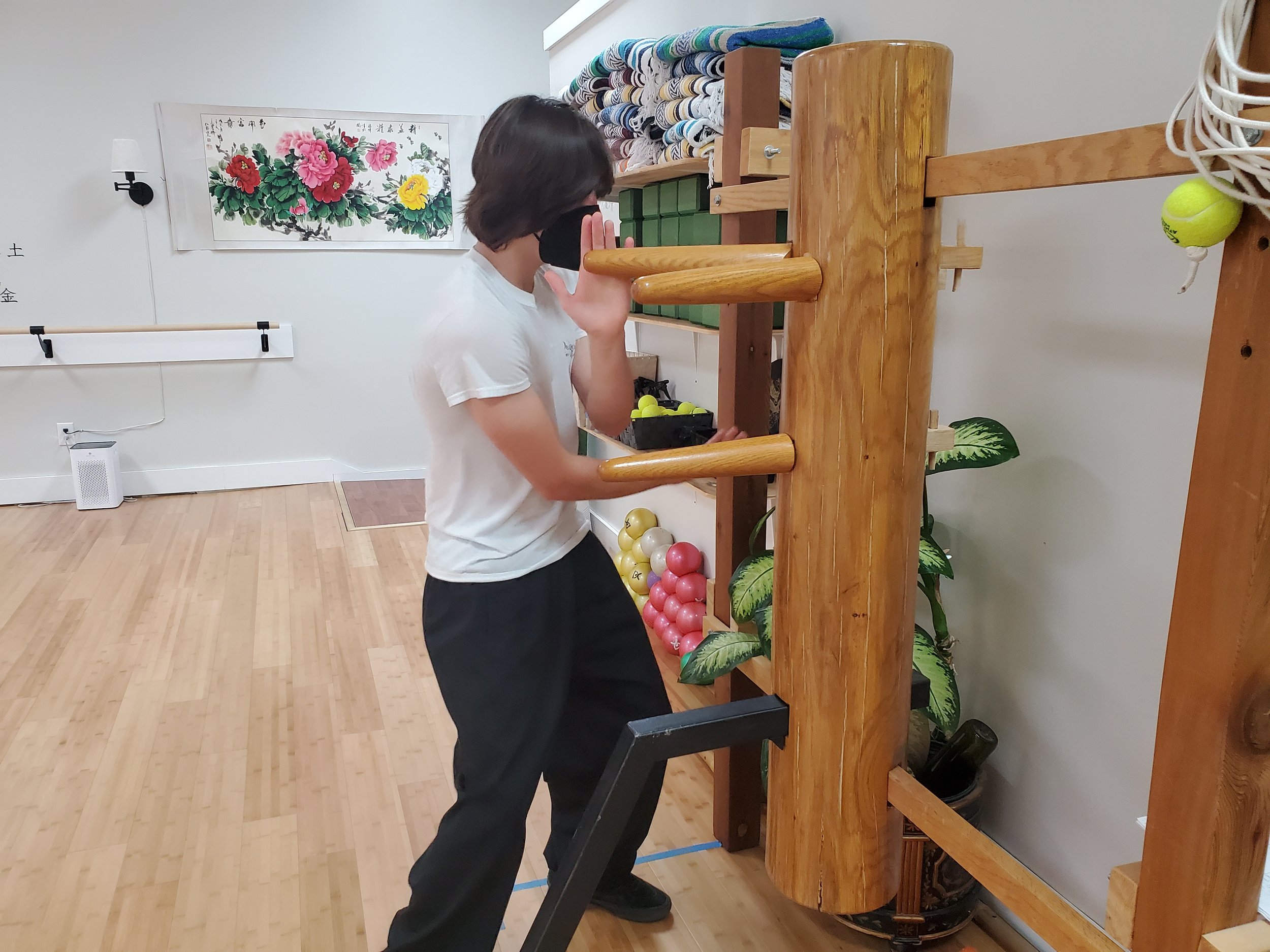Kids and Teens Kung Fu
Imparting Wisdom and Guidance through the Art
Our school's curriculum includes all three branches of Chinese Internal Martial Arts. It is designed to begin with the foundations of these styles while also teaching application and self awareness. As the students progress, they learn more of the intricacies of each style from multiple points of view. All material is advanced material brought to the level of a beginner, with an emphasis on Martial Values.
The styles of Kung Fu taught at Dragon Phoenix are established, time tested, and highly respected in the Kung Fu world. We are constantly working to refine our curriculum and grow as teachers and as martial artists so as to provide the highest quality instruction possible. The path of growth and learning is never-ending, which is what makes it so exciting. In prior decades, it was near impossible to find teachers who were qualified to teach Internal Kung Fu or who would teach Americans. It is very rare to find all of these styles housed under one roof and taught to kids and teens in a thorough, cohesive manner.
While we pay attention to detail and correctness, we also believe that students should learn in a healthy, growth centered way. Students are allowed to progress at their own speed, and the depth of their understanding is dependent on their dedication to learning. We teach with Love and Logic and appreciation for each child’s individual learning style, not with control and force. In this way students learn to become masters of themselves, which is what it truly means to become a Kung Fu Master.
Scholarship Program
Scholarships are available to students who have progressed to level 2 and above and have demonstrated dedication and hard work in their studies. More information can be found on the Scholarship Page.
















